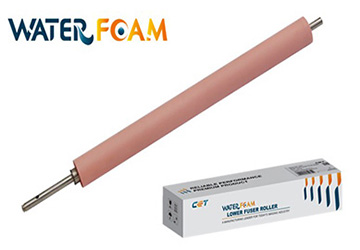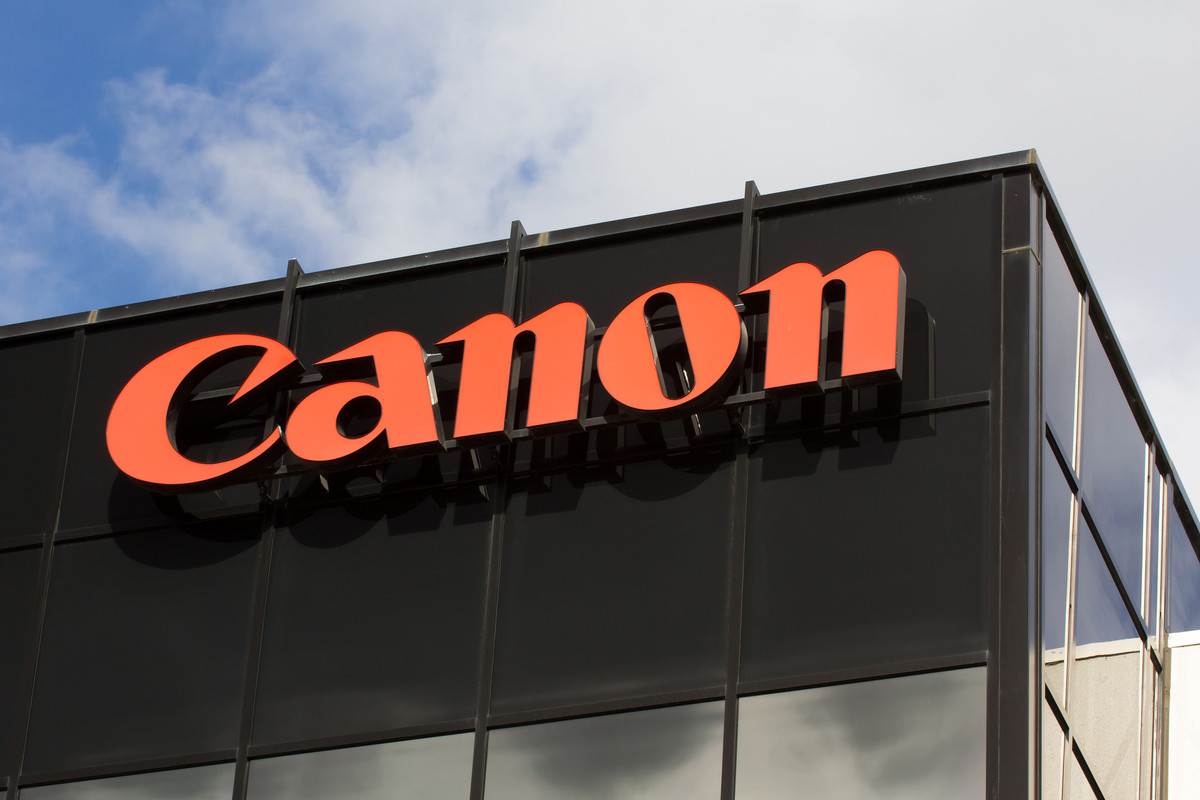Chinese Ink Report
Originally published at: www.inkworldmagazine.com
The 2018 Chinese Ink Report
 With the world’s second-largest gross domestic product (GDP), China is a global economic power. According to the World Bank, China’s GDP was $12.24 trillion in 2017, a nearly 9% increase from $11.20 trillion is 2016. With a population of 1.38 billion or approximately 20% of the total population in the world, China is the largest nation.
With the world’s second-largest gross domestic product (GDP), China is a global economic power. According to the World Bank, China’s GDP was $12.24 trillion in 2017, a nearly 9% increase from $11.20 trillion is 2016. With a population of 1.38 billion or approximately 20% of the total population in the world, China is the largest nation.
China’s printing industry has been estimated at $160 billion. Offset and gravure printing still remain the most common processes, but flexo is making headway.
To meet demand, Chinese printers need a lot of ink, and the Chinese ink industry has grown tremendously in recent years. Ink World estimates annual ink sales in China exceeding $1.5 billion, with a mix of domestic and international ink manufacturers supplying printers.
On the domestic side, Bauhinia Variegata Ink & Chemicals, a subsidiary of Yip’s Chemical, is China’s largest ink producer and the 14th largest global ink manufacturer in the world, with sales of $180 million in 2017, according to Ink World’s Top International Ink Companies report (July/August 2018).
“According to China Printing Ink Association, the sales volume and revenue of Bauhinia Variegata ranked first in China’s ink industry for nine consecutive years,” a company spokesperson reported.
International ink manufacturers also have a major presence in China, with two joint ventures (Hangzhou Toka Ink, a JV with T&K Toka, and Tianjin Toyo Ink Co., Ltd., a JV with Toyo Ink) leading the way in terms of sales. The leading international ink companies – DIC, Flint Group, Sakata INX, Siegwerk, hubergroup, T&K Toka – and other major ink companies also have operations in China.
For the Chinese ink industry, 2017 was a challenging year, with raw materials and stricter environmental regulations causing concerns.
Masuyoshi Iwata, Printing Ink Products Division in DIC headquarters, reported that 2017 was a challenging year for DIC’s business in China. “Profitability has been on the decline from the previous year due to rising raw material prices and logistics costs,” Iwata added. He also noted that DIC is considering new operations for its future business plan.
Akihiro Takamizawa, president of Hangzhou Toka Ink Co., Ltd. in China, said that 2017 was “a very very tough year. “Basically, we are seeing that the present market volume will be kept.”
“We were affected by an economic slowdown, tightening of environmental regulations, etc.,” said Yuichi Kataura, International Operations Division, GM, executive officer of SAKATA INX. “However, we saw growth mainly in our packaging ink sales. We have a plan to build a second offset ink plant in China, in Maoming city, Guangdong Province.”
Toyo Ink noted that growth in China continued, although the pace of growth slowed. “While sales of new products such as eco-friendly packaging inks such as toluene- and MEK-free gravure and inkjet inks for on-demand printing increased, a sharp rise in the prices of raw materials put a squeeze on profits,” Katsuya Saso, manager, Packaging Materials Department, Global Business Division for Toyo Ink Co., Ltd., noted. “Despite the tight supply and regulatory environment, we managed to facilitate further business growth in China.”
Regulatory Pressures
Chinese ink manufacturers are facing challenges from the increased scrutiny over regulations and environmental issues as well.
Bauhinia Variegata is promoting its environmentally friendly products, including water-based gravure ink, low-VOC offset ink, and two-component glass screen printing ink.
“These products receive satisfactory feedback from users, which is a strong testimony to our efforts in promoting green development of the ink industry,” their spokesperson observed. “A unique process is applied to our water-based gravure printing ink so that the ink solid content increased by 30% and the viscosity of the ink effectively reduced.
This product can be used for the packaging of light and boiled food and steamed food. We also upgraded our production plant by installing state-of-the-art VOC treatment facility to manage and control the VOCs produced during the production process.”
“Raw material prices are increasing,” Kataura added. “With environmental regulations becoming stricter, Chinese ink manufacturers have made additional capital investments, etc. so that they comply with standards for treating and handling industrial waste, and emission and drainage from the plant.”
“There are a lot of challenges for Chinese ink manufacturers due to environmental protection actions from strict China government regulations,” Iwata said. “Some facilities need to be introduced for VOC emission control and these treatment costs are raising ink manufacturing costs. In addition, GB (Guobiao) regulation on food packaging inks will be installed by the Chinese government office to control the risk of ink pollution and migration to food. That preparation of GB regulation will be a future challenge.”
“The regulation for the environment is changed time by time, so it is a difficult matter, but we have been able to handle it so far,” said Takamizawa.
“Toyo Ink factories in China have been working quickly to comply with the regulations,” said Saso. “Toyo Ink is fully committed to the Chinese market and is making the necessary investments to maintain our position as a leading ink supplier in Asia.”
Flexo and UV Ink Make Gains in China
Through the years, Chinese printers traditionally relied on gravure and offset printing. That is changing, as water-based flexo inks are beginning to gain favor.
Saso reported that Toyo Ink is seeing more printers accepting flexo technology as they cope to comply with growing environmental protection pressures.
“Water-based systems are also expected to expand their share of China’s flexible packaging market,” Saso added. “To meet with rising demand, we are working to speed up development of these inks and other environmentally friendly printing materials for the Chinese market.”
“The leading printing processes are gravure ink for flexible packaging and the offset ink markets,” Kataura said. “In the packaging field, we may see more water-based flexo ink in the market due to tightening of environmental regulations.”
Iwata noted that gravure and offset printing is still the principal printing processes in China, but flexo is making gains.
“A lot of flexo printing presses have been installed in China, and that will be the specific trend and is a key market we’re focused on,” added Iwata.
“Gravure and offset are still the major printing methods in China,” Takamizawa observed. “Flexo printing has been increasing in packaging, but it is still not big progress.”
Takamizawa also noted that UV printing is picking up in China.
“Energy curable printing machines for offset ink are increasing,” Kataura reported. “LED-UV offset printing machines are definitely increasing. We believe that this trend will continue.”
“Energy curable ink has been one of the developing products for offset ink, and high-sensitivity types (H-UV/LED-UV) are especially growing rapidly,” Iwata observed. “Energy curable inks are still a minority compared to other printing processes, such as flexo and gravure.”
Saso reported that UV inks have been undergoing rapid development driven by environmental and economic benefits, as they release virtually no VOCs into the environment.
“In recent years, we’ve been seeing strong growth in UV inkjet demand in China’s digital printing market, due to such economic advantages as plateless printing and high curing speeds,” Saso added. “UV inkjet can also be applied to a wide array of applications, including packaging and labels, commercial print, and other strategic industrial markets for the group. As such, we are focusing on the development of UV inkjet technology as digital printing is expected to gain momentum in China and across global markets. That said, a tight photoinitiator supply shortage casts much uncertainty on UV ink production and development, slowing down market growth.”
Raw Material Supply in China
Raw materials have been a major concern worldwide, with tighter environmental regulations and enforcement in China a key driver. Chinese ink manufacturers are not immune from these matters.
“Due to stricter environmental regulations, raw material manufacturers’ plants are being closed and/or suspended from production causing the supply of raw materials to become unstable,” Kataura noted. “Some small and mid-size ink makers cannot resume production, and end up having to close their site and/or going bankrupt.”
“The rise in raw material prices have created pressure on our gross margin,” the Bauhinia Variegata spokesperson added. “Riding on our long-term and well-established relationship with our suppliers, we are able to ensure a secure source of raw materials.”
Iwata noted that DIC and Sun Chemical have a global procurement organization and all information has been shared with local procurement teams. “We have been managing to minimize price increases of raw materials and keep supply ability by multiple sources of suppliers,” added Iwata.
“The material companies have kept providing the materials consistently to the major ink companies,” Takamizawa said. “However, small ink companies are having a tough time.”
“We have been shifting our supply sources from China to other countries such as India and, where possible, reformulating inks using alternative materials,” Saso noted. “Our priority is securing all the raw materials necessary to meet our customers’ needs as we continue to closely monitor the supply situation.”
Outlook for the Ink Industry in China
Domestic and international printing ink makers alike see China as a land of great opportunity.
“In the future, Bauhinia Variegata will continue to vigorously promote water-based gravure printing ink, develop more high-speed, more environmentally friendly, lower-odor products, so as to capture the market opportunities and speed up the transformation of the ink industry,” the Bauhinia Variegata spokesperson noted.
“We regard China as an important market because it is a market consisting of more than 1.3 billion people with vast land. We place importance in the offset field because it is a market whose potential in terms of volume is large,” Kataura concluded. “To secure safety in food, we forecast that there will be growing demands in the flexible packaging field. We will respond to tightening environmental regulations, and expand sales by launching environmentally friendly ink into the market.”
“DIC thinks China has been one of the most important markets in the Asia/Pacific region,” said Iwata. “Customers have been keen on moving to more environmentally-friendly products, such as water-based inks and less solvent types of gravure ink. We will show our presence as a global ink manufacturing company with advanced technology and products.”
“China’s economy continues to grow, although growth has softened to more moderate levels,” Toyo Ink’s Saso reported. “Living standards and incomes are improving, bringing about the need for higher quality packaging and labels and commercial printing.
“As part of our regional strategy, the Toyo Ink Group has been targeting rapidly expanding markets in inland China, such as the Sichuan province and neighboring areas,” said Saso, who added that Toyo Ink also began production of UV inkjet production in China in 2018. “Toyo Ink operates two manufacturing plants in Chengdu, the capital of southwestern China’s Sichuan province. In recent years, Chengdu has developed into a transportation hub that connects Europe to central and western China. Our offset and gravure ink businesses continue to expand, as we continue to break into new markets and business domains in these developing regions. While our outlook for China remains positive, we expect to face challenging conditions in terms of raw materials supply and regulatory compliance.”






Leave a Comment
Want to join the discussion?Feel free to contribute!